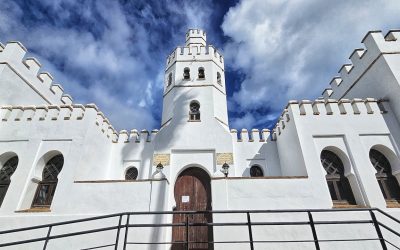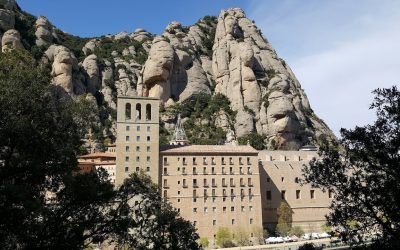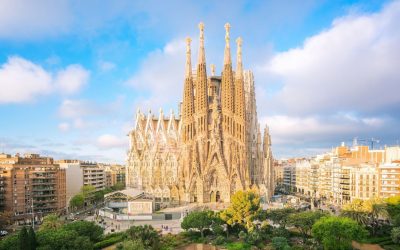Travelling through Spain over the last two years has been an enlightening experience that has taught us plenty, surprised us consistently...

Sitges
Sitges
Exploring Beyond Barcelona
Now don't get me wrong, Barcelona is such a vibrant, engaging and enthralling city, that a weekend will more than do its streets and...
A Guide to a Barcelona city break
Having been to Barcelona before, I was interested to see how I would feel coming back into the city for a third visit. We had a friend to...
Follow us
You can find us on social media,
different channels for different content.



